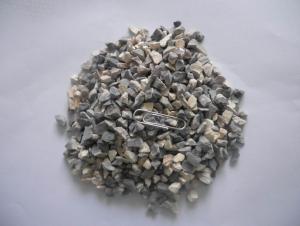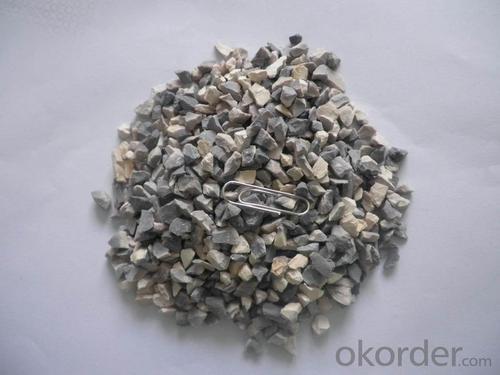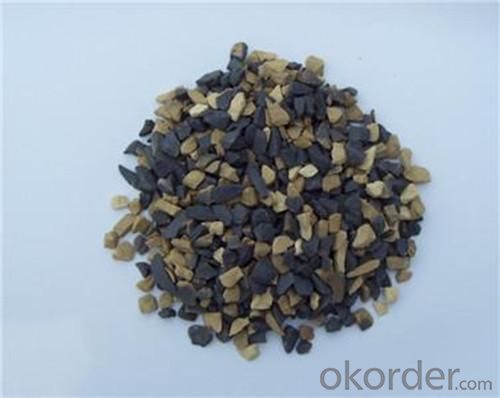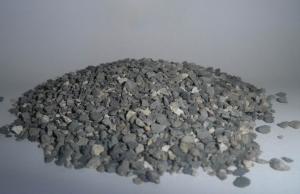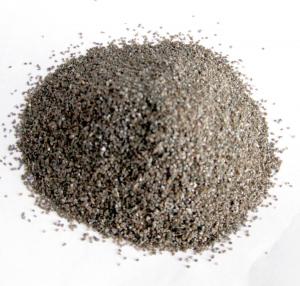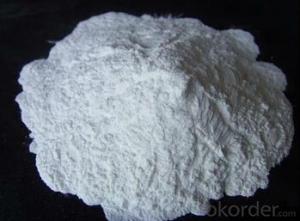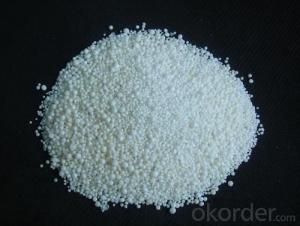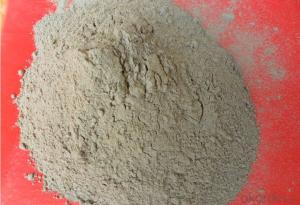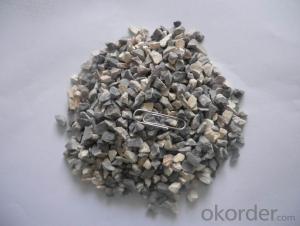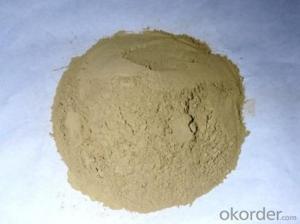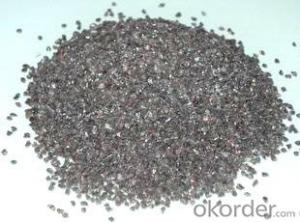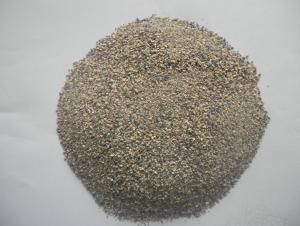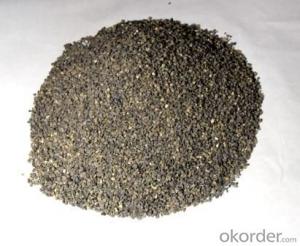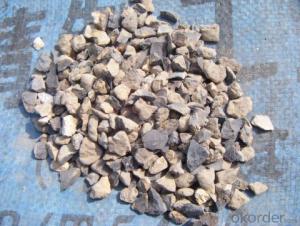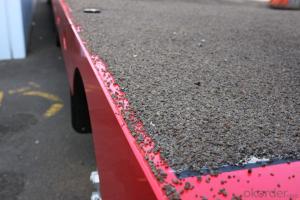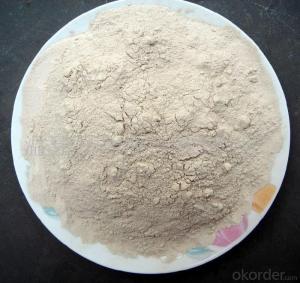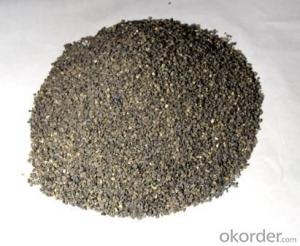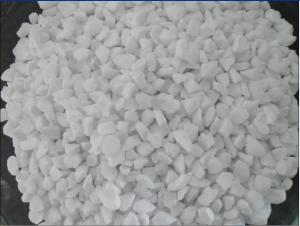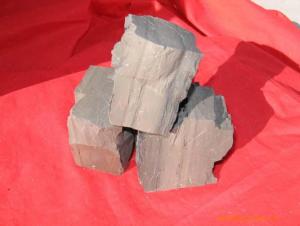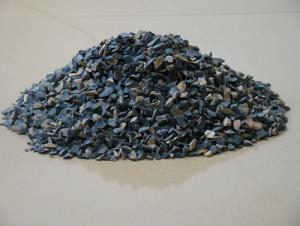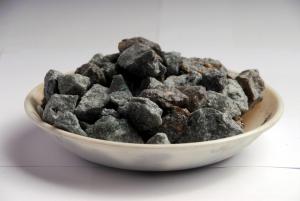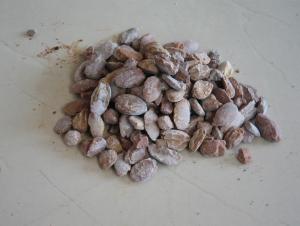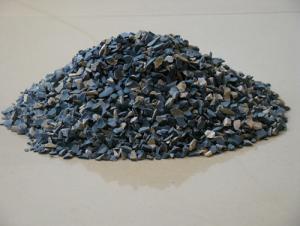Calcined Bauxite - Raw Materials for Refractory
- Loading Port:
- China Main Port
- Payment Terms:
- TT or LC
- Min Order Qty:
- 100MT m.t.
- Supply Capability:
- 20000MT/YEAR m.t./month
OKorder Service Pledge
OKorder Financial Service
You Might Also Like
Quick Details of Calcined Bauxite:
Bauxite is a naturally occurring, heterogeneous material composed primarily of one or more aluminum hydroxide minerals, plus various mixtures of silica, iron oxide, titania, aluminosilicate, and other impurities in minor or trace amounts.
Specification of Calcined Bauxite:
|
|
AL2O3 |
FE2O3 |
TIO2 |
K2O+Na2O |
CaO+MgO |
Bulk density |
|
1 |
≥75 |
≤2.5 |
≤4.0 |
≤0.3 |
≤0.5 |
≥2.7 |
|
2 |
≥80 |
≤2.5 |
≤4.0 |
≤0.3 |
≤0.5 |
≥2.8 |
|
3 |
≥85 |
≤2 |
≤4.0 |
≤0.3 |
≤0.5 |
≥3.0 |
|
4 |
≥86 |
≤2 |
≤4.0 |
≤0.3 |
≤0.5 |
≥3.1 |
|
5 |
≥87 |
≤2 |
≤4.0 |
≤0.3 |
≤0.5 |
≥3.2 |
|
6 |
≥88 |
≤1.8 |
≤4.0 |
≤0.25 |
≤0.5 |
≥3.25 |
|
7 |
≥90 |
≤1.8 |
≤4.0 |
≤0.25 |
≤0.5 |
≥3.3 |
Application of Calcined Bauxite:
Aluminium is a product of increasing importance for manufacturing because of its light weight, strength and durability as well as its capacity to be recycled. On a life cycle assessment basis, the high strength to weight ratio of aluminium results in significant fuel savings, particularly where substitution can be made for heavier construction materials.
Advantages:
1.We can control the quality and cost due to our strong capacity and cash flow in China .
2. We have strict and mature quality and logistics control on the cargo .
3.As a governmental company, we are reliable.
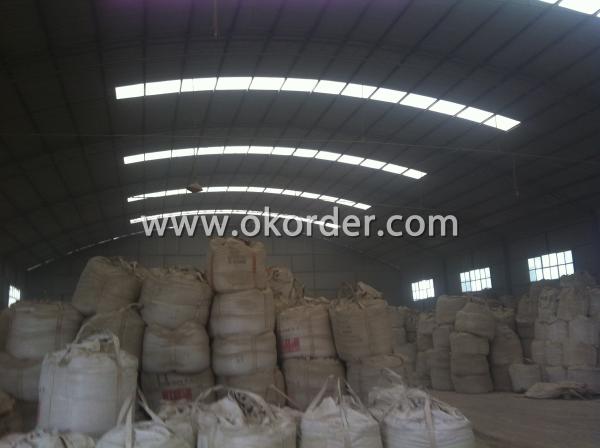
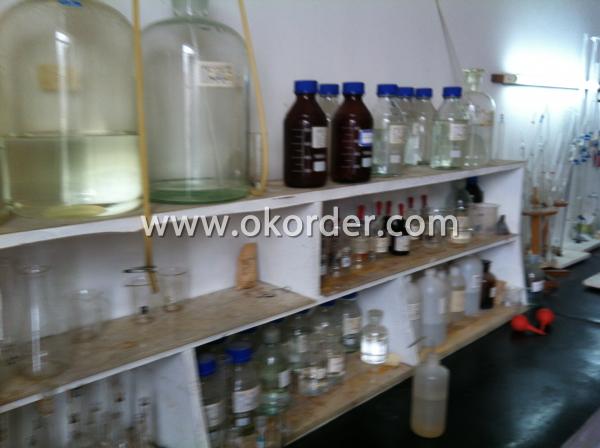
- Q: What are grade classifications of the external walls fireproofing material?
- There are many kind of external walls fireproofing material, according to the document No. 65, the grade of external wall fireproofing material can be divided into: Level A is inorganic insulation non-combustible materials, such as cement foam insulation board, vitrified?micro bead?thermal insulation?mortar, rock wool board, glass wool panels. Level B1 is nonflammable material, mostly are organic material which has added a relatively large amount of flame retardant, such as polystyrene board, extruded sheet, phenolic foam board and polyurethane board. Level B2 is flame-retardant materials, and also known as fire-retardant materials, mostly are organic insulation materials with appropriate amount of flame retardant.
- Q: How about the prospect of refractory material?
- Due to the rise of raw material, the prospect is not good with inflation, lower prices and decreased profits. The product requirements have been enhanced and there is vicious competition. Therefore, it is really bad.
- Q: Who can introduce the difference between galvanized fireproof?coatings and steel structure fireproof materials?
- When the steel surface derusted, it generally needs to brush rich-zinc primer before spraying fireproof coating. Fireproof coating plan itself includes anticorrosion plan, and fireproof coating is just a layer of coating plans, which is an intermediate layer in general. Fireproof coating plan generally includes primer, fireproof coating and finishing paint. Some fireproof coatings can be directly painted on the bare steel elements without primer and finishing paint. Galvanized surface generally is not necessarily needed for brushing fireproof coating. Fireproof and galvanized surface have relatively poor bond strength, so it is advisable to brush transitional lacquer or micaceous iron on the galvanized surface.
- Q: What are the refractory materials above 1000℃
- I have no idea what field you are in, and I am skillful at making refractory materials, because this is my job. You can send me an email informing your purpose, here is my email address .
- Q: What is the material composition of the new fire-resistant coating?
- The basic composition of thick coating steel structure fire is: Binder (Portland cement, magnesium oxychloride or inorganic high-temperature bonding agent), aggregate (expanded vermiculite, perlite, aluminum silicate fiber, mineral wool, rock wool, etc.), chemical additives (modifiers , hardening agent, waterproofing agent) and water. Fireproof coating binders Portland cement, magnesium oxychloride cement and an inorganic binder of the fire-resistant coating for steel structure base material. The conventional inorganic binder include alkali metal silicates and phosphates substances.
- Q: What is the role of the vermiculite fireproof material?
- The vermiculite fireproof slate is widely applied to construction, shipbuilding, metallurgy, electric power, aerospace and other fields by foreign countries. Vermiculite slate can be applied to furniture, firewall, ceiling, and can be used in the fire fighting access, coated steel, coated pipeline, real flame fireplace in the lining board, wall partition. It is characterized by non combustible, non melting, resistance to high temperature; permanent thermal insulation; sound insulation, non-toxic, smoke-free, green environmental protection; resistance to impact, good dimensional stability and durability of the excellent anti fungal infestation. It can be sawed, nailed, planed, drilled, it can be easily installed and constructed.
- Q: The following statement is correct: artificial corundum has a high melting point and can be used as a high grade refractory material. The main component is silica dioxide
- 1. corundum is the main component of alumina. 2. agate is the main component of silica. 3. is right. 4. glass is silicate. 5. solar cells are made from monocrystalline silicon. So 3.5 correct, choose D.
- Q: What defect does fused cast refractories have ?
- In glass production, in addition to refractory as a building material and consider its durability, we still must attach great importance to its influence on glass quality. In such cases, the impact on the quality of glass is mainly the defects that eroded down refractory materials mixed in the glass, thus being prodeced of grass products. Defects are mainly foreign body defects such as sand, knot and wave reinforcement. What may directly affect the quality of glass are the wall brick and brick kiln bottom.
- Q: what needs to be noted when choosing and using blast furnace fireproof materials?
- it depends on the size of the blast furnace. below 200 cubic meters alumina bricks and carbon brickcan be used. 200 cubic meters and above are currently integrated bottom, not the same as the size of the cubic level, varying in the use of refactory. I hope my answers above are helpful to you and your ideal anwers.
- Q: What's the fire endurance of A grade fireproof glass curtain wall?
- An hour and a half, an hour, and half an hour. As a key step in the home fire prevention, fire door is particularly important. According to the fire endurance and heat insulation performance, it can be classified as follows: A class fire door with fire endurance of no less than 1.5h; B class fire door with fire endurance of no less than 1h; C class fire door with fire endurance of no less than 0.5h. We can choose according to different needs, while A class fire door and B class fire door are now commonly used. Fire door has great varieties, and the material it uses is also of wide range. It includes stainless steel fire doors, glass fire doors, steel fire doors, etc. The most important feature of fire door is its fire resistance period. The main difference between A class fire door and B class fire door lies in their fire endurance, of which the former is no less than 1.5h, while the latter is no less than 1h. Difference between A class fire door and B class fire door also lies in their fireproofing material. That is the thickness of the built-in fire prevention board, of which A class fire door is 52mm, while B class fire door is 46mm. Therefore A class fire door obtains longer fire resistance period than that of B class fire door and gains better fireproof performance. A class fire door and B class fire door also differ in the places they are used. A class fire door is generally used in important fire fighting access of machine rooms, warehouses and oil depots, etc. and flammable and explosive public places, while B class fire door is generally used in the ordinary fire fighting access of some ordinary buildings. But B class fire door is more widely used than A class fire door.
1. Manufacturer Overview
| Location | Tianjin,China |
| Year Established | 2006 |
| Annual Output Value | Below US$1 Million |
| Main Markets | Mid East;Western Europe;Japan;North America |
| Company Certifications | The Authentication certificate of Quality Management system |
2. Manufacturer Certificates
| a) Certification Name | |
| Range | |
| Reference | |
| Validity Period |
3. Manufacturer Capability
| a) Trade Capacity | |
| Nearest Port | Tianjin |
| Export Percentage | 61% - 70% |
| No.of Employees in Trade Department | 50 People |
| Language Spoken: | English;Chinese |
| b) Factory Information | |
| Factory Size: | Above 300,00 square meters |
| No. of Production Lines | Above 5 |
| Contract Manufacturing | Design Service Offered |
| Product Price Range | Average |
Send your message to us
Calcined Bauxite - Raw Materials for Refractory
- Loading Port:
- China Main Port
- Payment Terms:
- TT or LC
- Min Order Qty:
- 100MT m.t.
- Supply Capability:
- 20000MT/YEAR m.t./month
OKorder Service Pledge
OKorder Financial Service
Similar products
Hot products
Hot Searches
Related keywords
